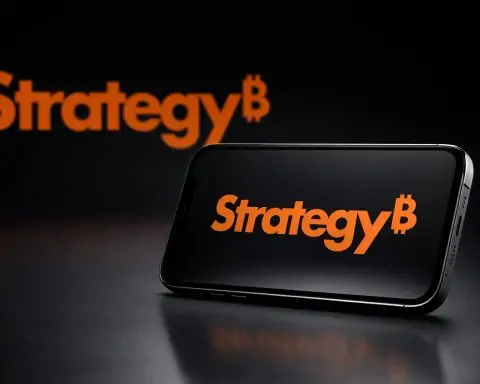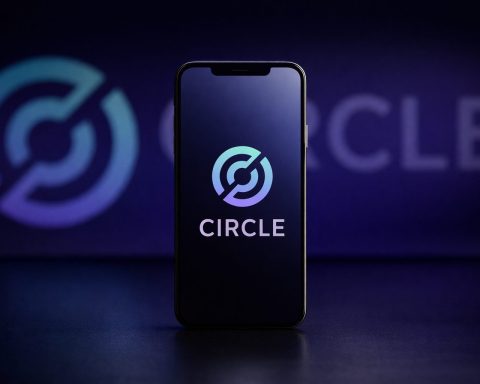Updated: Nov. 6, 2025 (UTC)
At a glance
- Price: ETH is trading around $3,380–$3,480 today after dipping to an intraday low near $3,277 before rebounding. Market cap sits around $409B. [1]
- ETF flows: U.S. spot Ethereum ETFs logged a sixth straight day of net outflows through Nov. 5, with -$118.5M yesterday; BlackRock’s ETHA saw -$146.6M while Fidelity’s FETH took in +$3.5M. [2]
- On‑chain:Justin Sun moved 45,000 ETH (~$154.5M) from Aave to Lido for staking, per Arkham-linked trackers and crypto trade press. [3]
- Network fees: Ethereum gas fell under 1 gwei this morning, keeping typical on‑chain actions under $1. [4]
- Roadmap: Core devs are targeting ~Dec. 3 for the next network upgrade, “Fusaka,” which introduces PeerDAS to boost rollup capacity. [5]
Market snapshot: Volatility cooled after a sharp mid‑week reset
After a choppy first half of the week, ether is little changed on the day and holding near the mid‑$3Ks. Intra‑day, ETH traded between roughly $3,277–$3,478 and is hovering around $3.39K at press time. The latest Ethereum market cap reading is about $409B. The bounce follows Tuesday/Wednesday’s broad crypto shakeout that saw more than $1.6B in leveraged positions liquidated across majors, according to CoinDesk’s market desk. [6]
Flows watch: Six straight outflow days for U.S. spot ETH ETFs
Fresh data from Farside Investors show net outflows for U.S. spot Ethereum ETFs on Oct. 29, 30, 31 and Nov. 3–5, marking a six‑session streak through Wednesday. Nov. 5 stood at -$118.5M total, with BlackRock’s ETHA -$146.6M partly offset by Fidelity’s FETH +$3.5M. Persistent redemptions help explain why ETH has struggled to reclaim the upper end of its range despite today’s intraday recovery. (Note: ETF flow figures are reported after the U.S. trading day; today’s final tally will post later.) [7]
Whale & staking flows: Justin Sun rotates 45K ETH into Lido
On‑chain watchers flagged Justin Sun moving 45,000 ETH (≈$154.5M) from Aave to Lido staking. While a single address doesn’t set the market, it tilts near‑term supply off exchanges and spotlights liquid staking yields that have hovered in the ~2.5–3% 30‑day APY range for stETH this fall. [8]
Network fees: Sub‑$1 transactions return
Gas prices fell below 1 gwei this morning (UTC), keeping common actions—simple transfers, DEX swaps, bridging—well under $1 for most users. While cheap blockspace is a usability win, it slows the EIP‑1559 burn, which can dampen ETH’s deflationary impulse when activity is light. [9]
Roadmap & catalysts: ‘Fusaka’ targeted for Dec. 3; PeerDAS to scale rollups
Core developers are aiming for ~Dec. 3 to activate “Fusaka” on mainnet (timing still tentative). A headline feature is PeerDAS, a data‑availability upgrade designed to let Layer‑2 rollups post more data at lower cost—translating into higher throughput and cheaper L2 transactions over time. Expect more precise timing on forthcoming dev calls and client releases. [10]
Derivatives & the week ahead
Beyond spot flows, structure matters: Cboe plans to debut “continuous” (long‑dated perpetual‑style) futures for Bitcoin and Ether on Nov. 10, pending approvals—potentially adding new hedging and speculative channels for ETH exposure next week. Keep an eye on basis and funding as those products go live. [11]
Bigger picture: What pros are watching
- Institutional positioning: Wall Street targets remain wide—from $4,300 (Citi) to $7,500 (Standard Chartered) for year‑end—underscoring how macro, ETF flows and roadmap execution can swing sentiment. [12]
- ETF tape at 4 p.m. ET: After five–six sessions of redemptions, another negative print would confirm persistent profit‑taking; a flip to inflows would be a near‑term tailwind. [13]
- L2 metrics post‑Fusaka: If PeerDAS does what it says on the tin, watch rollup fees/throughput as an adoption driver into year‑end. [14]
Key numbers today (UTC)
- Spot range: ~$3,277 (low) to ~$3,478 (high)
- Market cap: ~$409B
- Gas (Etherscan snapshot):Low/Avg/High ≈ 0.64/0.65/0.89 gwei this morning
- Latest verified ETF flows (Nov. 5):-$118.5M total; ETHA -$146.6M, FETH +$3.5M
Figures from the sources cited above. [15]
FAQ
Why does cheap gas matter for ETH’s investment case?
Low gas is great for users, but it reduces fee burn under EIP‑1559. When network activity spikes again (especially on L2s), burn can outpace issuance and re‑tighten ETH supply—a key part of the “ultrasound money” thesis. [16]
What is PeerDAS in the ‘Fusaka’ upgrade?
Peer Data Availability Sampling lets nodes verify large blobs of rollup data without downloading everything, boosting data throughput and L2 scalability. In practice, that should mean cheaper, faster rollups if adoption is strong. [17]
Are ETFs the main driver for ETH now?
They’re one major channel for institutional capital. Persistent outflows can weigh on price; sustained inflows often coincide with stronger trends—one reason daily flow dashboards like Farside’s are closely watched. [18]
Methodology & sources
Prices and intraday ranges are taken from live market feeds (see the interactive chart above). ETF flow figures are from Farside Investors’ U.S. Ethereum ETF dashboard. On‑chain flow items (Justin Sun) reference trade‑press coverage of Arkham Intelligence alerts. Upgrade timing and details draw on reporting from The Block, Decrypt and CoinDesk. Macro/market context includes CoinDesk’s liquidation recap and Reuters’ sell‑side forecasts. [19]
Disclosure: This article is for information only and is not investment advice. Crypto assets are volatile and can lose value rapidly. Do your own research.
References
1. etherscan.io, 2. farside.co.uk, 3. www.odaily.news, 4. etherscan.io, 5. www.theblock.co, 6. www.coindesk.com, 7. farside.co.uk, 8. www.odaily.news, 9. etherscan.io, 10. www.theblock.co, 11. www.bloomberg.com, 12. www.reuters.com, 13. farside.co.uk, 14. decrypt.co, 15. etherscan.io, 16. www.okx.com, 17. decrypt.co, 18. farside.co.uk, 19. farside.co.uk










